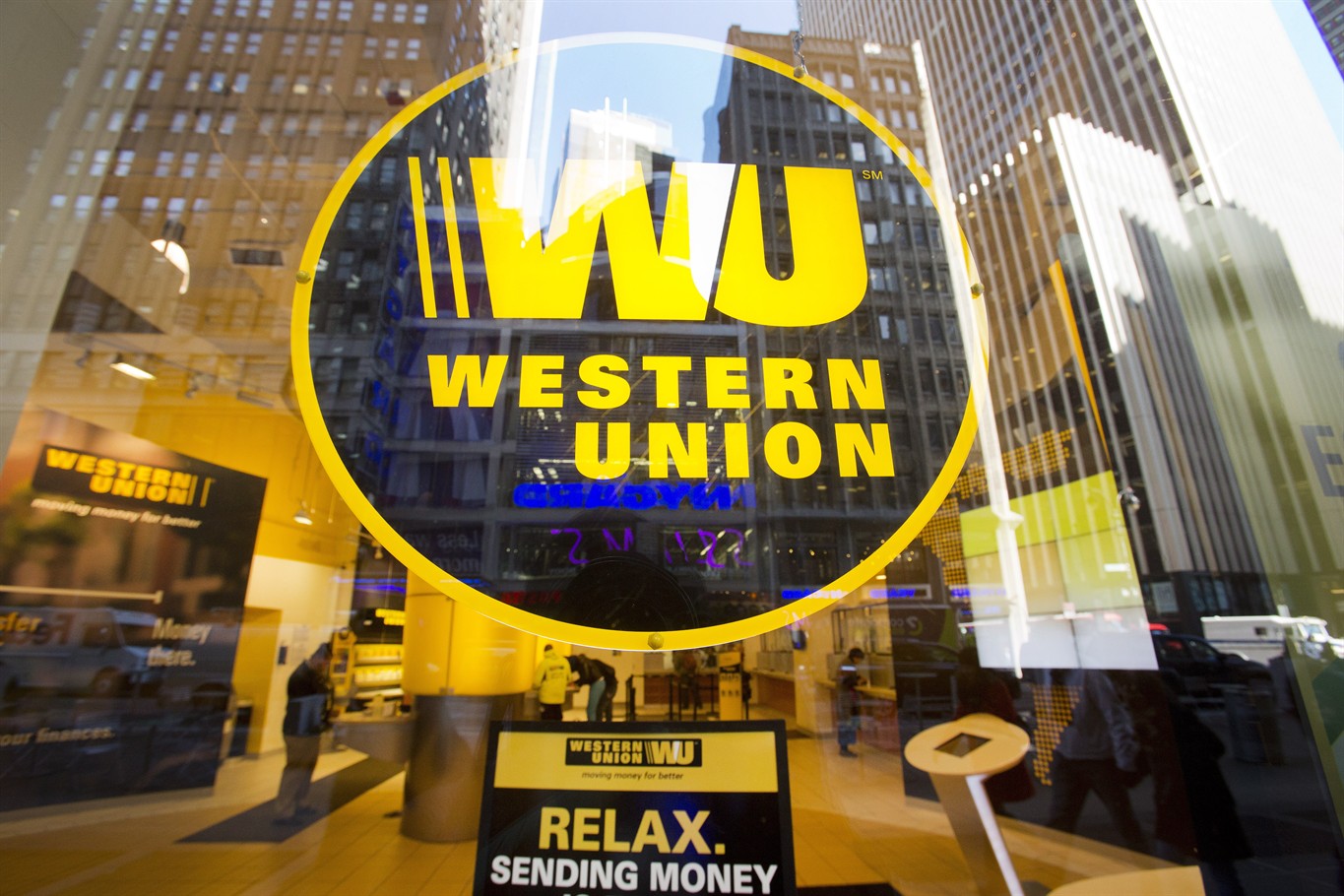Liza Bautista has been sending money home to family in the Philippines for more than 20 years, using the same remittance company for much of the time.
“Because of convenience — and my family over there already knows they’re going to be receiving from this institution — I don’t shop around any more.”
The same is true, she finds, of people she meets as a manager at the Immigrant Services Society of B.C.
“My experience with my clients and my coworkers, if they go to one institution, that’s pretty much where they stay.”
However, the remittance market has changed significantly in recent years, so those looking to maximize the money they send home should shop around now more than ever.
Remittance companies make their money from a service fee they charge on each payment sent, usually a percentage of the amount transferred and an added cost baked into the exchange rate consumers pay.
Increased competition from both traditional remittance companies and web-based startups has helped lower the cost of sending money abroad. The World Bank estimates costs globally have dropped to an average of 7.09 per cent of money sent from 9.67 per cent in 2009, but still off its five per cent target.
And with hundreds of billions of dollars sent abroad annually — including an estimated $23.7 billion from Canada in 2015 at an average cost of 7.29 per cent — the savings potential is significant.
The World Bank has an online tool that tracks a limited number of remittance prices, showing just how wide a margin there is between offerings.
To send $200 to the Philippines — the third-highest recipient of Canadian remittances after China and India — the tool shows it would cost $22.46 or 11.2 per cent of funds through Royal Bank, while Western Union would cost $15.04 or 7.5 per cent and Filipino-owned iRemit would cost $7.26 or 3.6 per cent.
To send the same amount to India, the rates vary from $4.04 for RemitBee to $34.64 for TD Bank.
The numbers reflect a trend suggesting online brokers often have significantly lower rates than the established operators.
Globally, banks have an average remittance cost of 10.44 per cent, compared with 6.24 per cent with money transfer operators like Western Union or MoneyGram, while mobile online operators have an average cost of 2.82 per cent, said the World Bank.
Many people have kept with traditional operators out of habit, distrust of upstarts, or simply because they don’t know of other options, said Aniket Bhushan, lead analyst at the Canadian International Development Platform.
“You may still pay a bit of a premium because people are creatures of habit.”
The dropping prices across the board has also made it harder for new entrants to break in, he said.
But new money transfer models continue to emerge, including TransferWise, which converts money using the mid-market rate, not the consumer rate, and touts its fees are around 80 per cent less than those at Canadian banks.
The company, along with others like OFX, promise to do away with the higher exchange fees often found at banks and some traditional remittance companies, particularly when sending larger amounts of money.
The remittance industry is also ripe for disruption from the blockchain and cryptocurrency space.
Ripple, a blockchain-based payment and exchange network, has announced a partnership with MoneyGram and several banks for its RippleNet system. It bills itself as faster and more reliable than other cryptocurrency services such as Bitcoin, which have proven impractical for sending money due to high processing fees and wild value fluctuations.
Much of the space is in its infancy, said Bhushan, but it will be another interesting aspect of the continually evolving remittance industry.
“There’s more to come, and what’s there already has had some impact for sure.”







